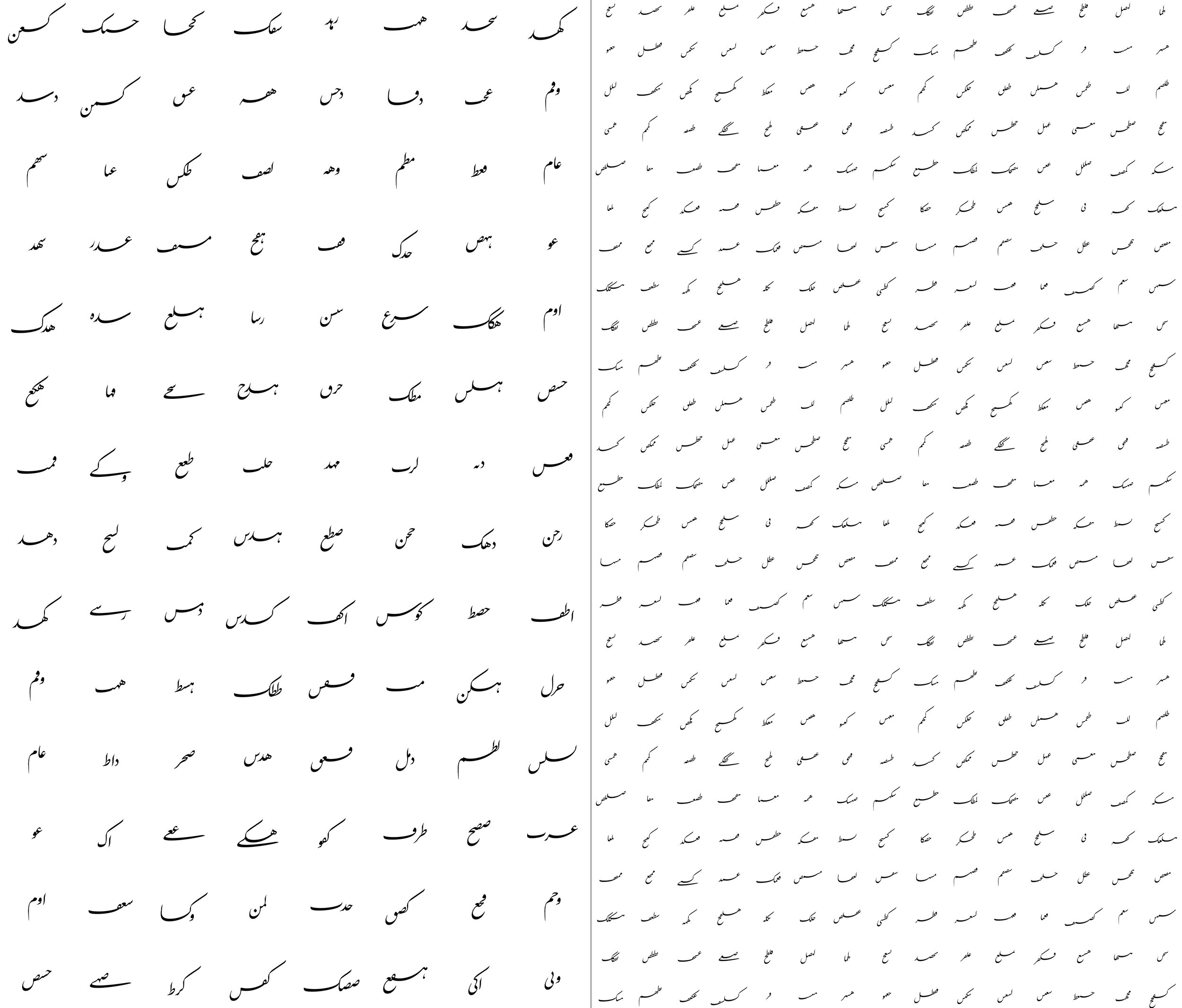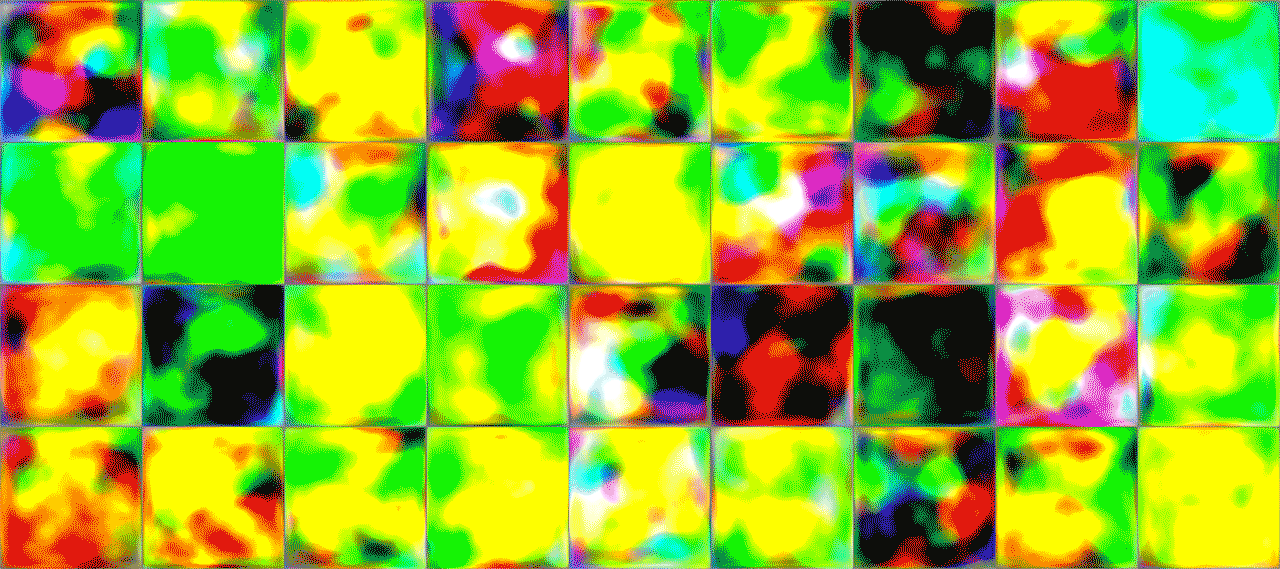Navigating the Latent
Exploring the Potentials of Islamic Calligraphy with Generative Adversarial Networks
“Navigating the Latent” explores the use of Generative Adversarial Networks (GANs) as an option that can fill the gap between digital tools and fundamental aspects of Islamic calligraphy, and as a new tool that can expand the creative space of artists and designers who use Islamic calligraphy in their works. This project prospects for future applications of GANs and asks “how utilizing this technology can expand the creative and practical space of Islamic calligraphy.” Through a process of dataset creation and network training, this project introduces calligraphy pieces with a new mode of expression that unleashes the latent space of possibilities between discrete data samples and demonstrates the potentials of the unexplored intersection of GANs and Islamic calligraphy.
BigArtTO featuring
Navigating the Latent
Navigating the Latent was featured in BigArtTO, the city-wide public art event in Toronto, from September 29 to October 2, 2021.
Datasets
Working with GANs requires large datasets. Typically, thousands of data samples are needed to train the network in a way that underlying patterns in the dataset are extracted. In the absence of a regularized dataset of Islamic calligraphy, I created my own datasets that fit into the design and purpose of my network training. The two datasets, namely Nas3-10k and Nas4-60k, are created to represent the most basic components in nastaliq script with maximum visual diversity and minimum redundancy of forms. Data samples comprise up to three-letter combinations in Nas3-10 and up to four-letter combinations in Nas4-60k.

Nas3-10k
10,000 unique samples
up to three-letter combinations
Nas4-60k
60,000 unique samples
up to four-letter combinations
Network Training
Similar to other machine learning systems, GANs are “trained” with datasets to extract features. These networks are also able to generate new samples similar to the original dataset. At first, when the network is not trained, it generates noise. But eventually, by going through many cycles, patterns emerge in the generated samples and calligraphic features appear. After hundreds of hours of training, my network generates calligraphy samples that retain salient calligraphic features and even generates new letter combinations that are not in the original dataset.

Using GANs reveals a continuous space of visual possibilities in Islamic calligraphy. The latent space provides infinite possibilities from finite samples and makes it seamlessly accessible. Continuous sampling unleashes novel aesthetic qualities of Islamic calligraphy and creates new modes of creative expression.

This project is part of the OCAD U Digital Futures Grad Show 2021,
FUTURE: NOW